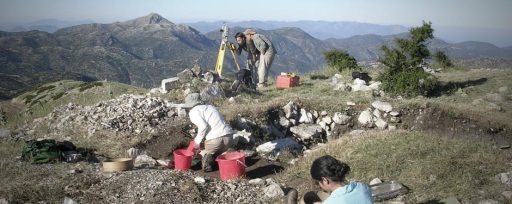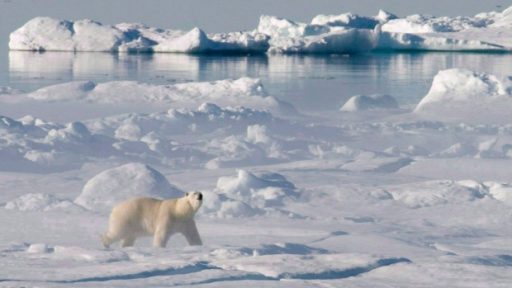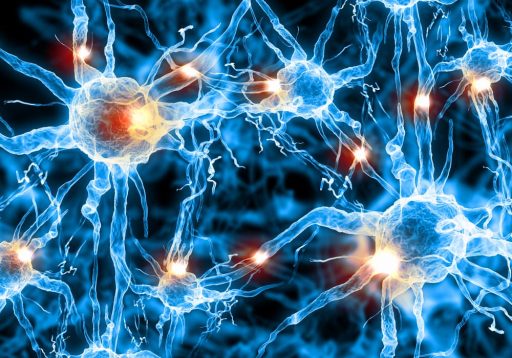Answering questions about the origins of Greek culture and athletics are at the heart of the Mt. Lykaion Excavation and Survey Project in Arcadia, Greece. Collaborative efforts within the R&E networking community have helped make the lives of the many archeologists in the field easier by bringing high-speed internet to the site.
Shortly after filming Schindler’s List, Steven Spielberg established the Shoah Foundation to document the experiences of Holocaust survivors and witnesses of other genocides via video testimony. High-speed R&E networks combined with high-capacity data storage contribute to ensuring digital preservation of these historic memories.
Instead of managing a vast amount of user names and passwords we want one digital identity, a “passport” reusing login information and giving us secure and easy access to all the services and resources we require to study, do research, and collaborate with colleagues across borders.
ArcticConnect collects data from temperature and dewpoint sensors at research stations throughout the Arctic Circle — including those that provide near-real time data — for visualization, information sharing, and collaborative analysis.
Realizing that rapid review of game play was the best way for players to improve their technique, the Penn State men’s volleyball coach sought a cost-effective, portable means for the team to study game footage and exchange notes on the go. Enter NET+ Box, made available to Penn State through its membership in Internet2.
Five to six years ago, researchers were able to sequence hundreds of immune-system molecules (like antibodies) in the human body. Today they can sequence tens of millions.
The Laser Interferometer Gravitational Wave Observatory recently completed work that detected gravitational waves, confirming a major prediction of Albert Einstein’s 1915 general theory of relativity. The discovery is an example of the power of collaboration supported by communications infrastructure purpose-built for global scientific research.
A full set of one person’s DNA data requires a stack of 50 DVDs while a large study with 1,000 patients can be hundreds of terabytes of data. This makes it impractical to transfer genomic data using traditional methods, challenging to store it, and virtually impossible to use it without advanced research and education networks like CANARIE, sophisticated software tools, and high performance computing facilities.
A group of 50 Brazilian researchers shall partake in the Large Synoptic Survey Telescope project, deemed as revolutionary for Astronomy. Totaling R$ 1 billion in investments, the Telescope will be able to map almost half of the sky in six filters for a period of ten years and its deluge of data will be a huge challenge for information technology.










